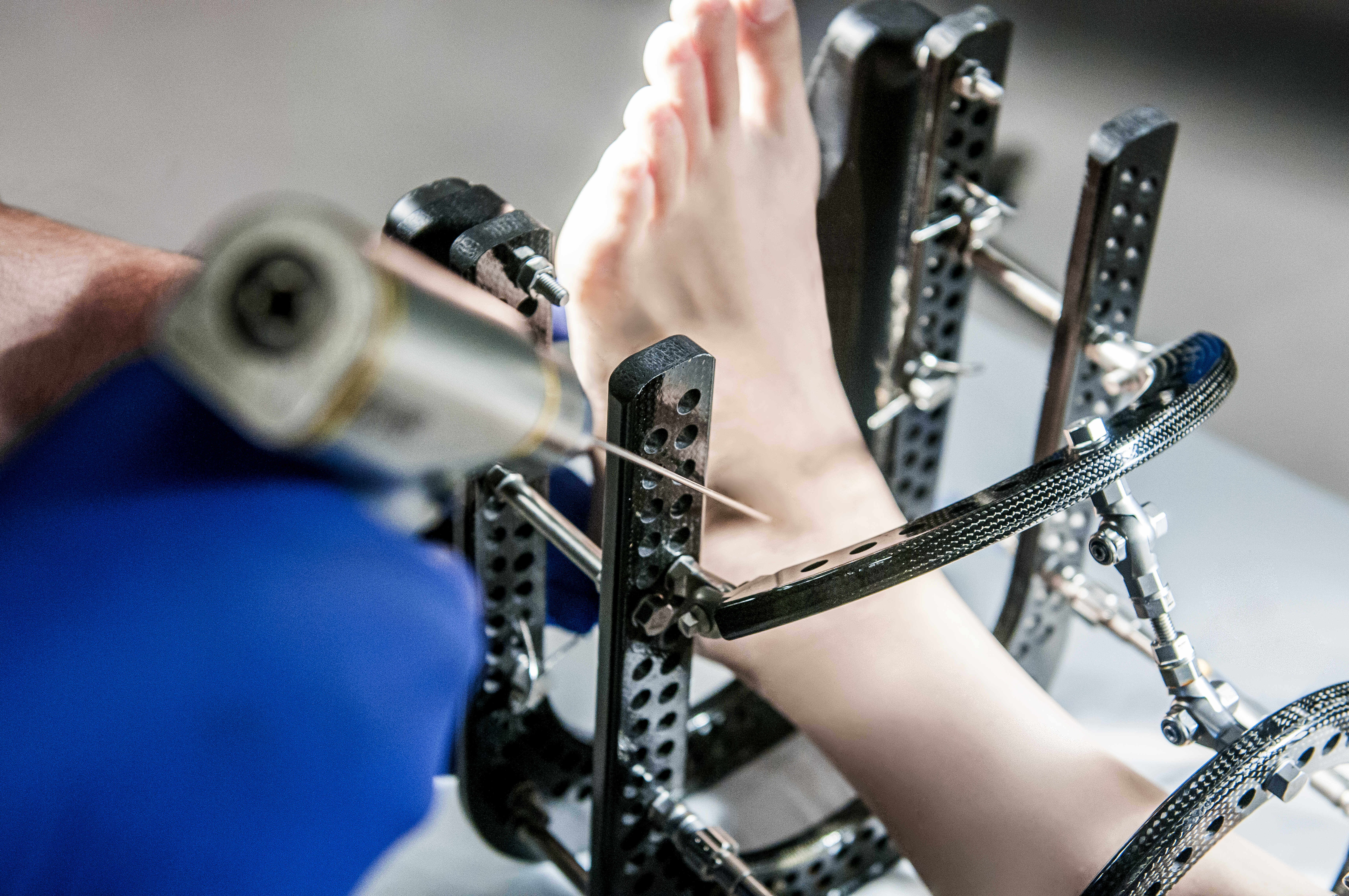
Arterial Disease in Oxnard, Northridge CA
Commonly referred to as “poor circulation,” Peripheral Arterial Disease (P. A.D.) is the restriction of blood flow in the arteries of the leg. When arteries become narrowed by plaque (the accumulation of cholesterol and other materials on the walls of the arteries), the oxygen-rich blood flowing through the arteries cannot reach the legs and feet. …
Read More
Causes and Symptoms of Peroneal Tendons in Northridge & Oxnard
A tendon is a band of tissue that connects a muscle to a bone. The two peroneal tendons in the foot run side-by-side behind the outer ankle bone. One peroneal tendon attaches to the outer part of the midfoot, while the other tendon runs under the foot and attaches near the inside of the arch. …
Read More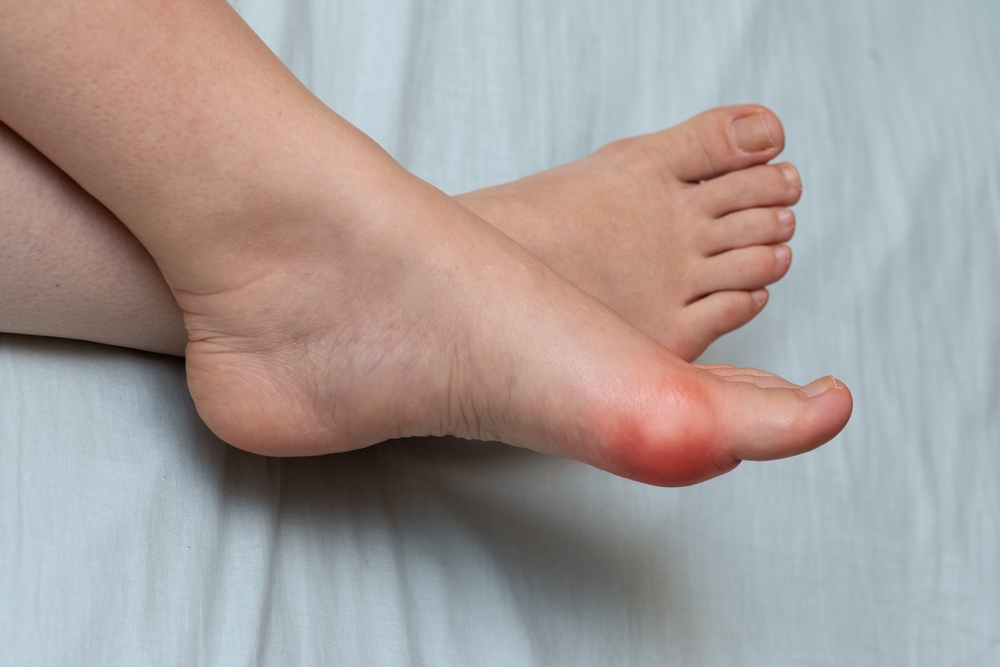
What is Bunion? Northridge & Oxnard CA
Even though bunions are a common foot deformity, there are misconceptions about them. Many people may unnecessarily suffer the pain of bunions for years before seeking treatment. What Is a Bunion? A bunion (also referred to as hallux valgus or hallux abducto valgus) is often described as a bump on the side of the big toe. But a …
Read More
Ingrown Toenail Treatment in Northridge & Oxnard
When a toenail is ingrown, it is curved and grows into the skin, usually at the nail borders (the sides of the nail). This “digging in” of the nail irritates the skin, often creating pain, redness, swelling, and warmth in the toe. If an ingrown nail causes a break in the skin, bacteria may enter …
Read More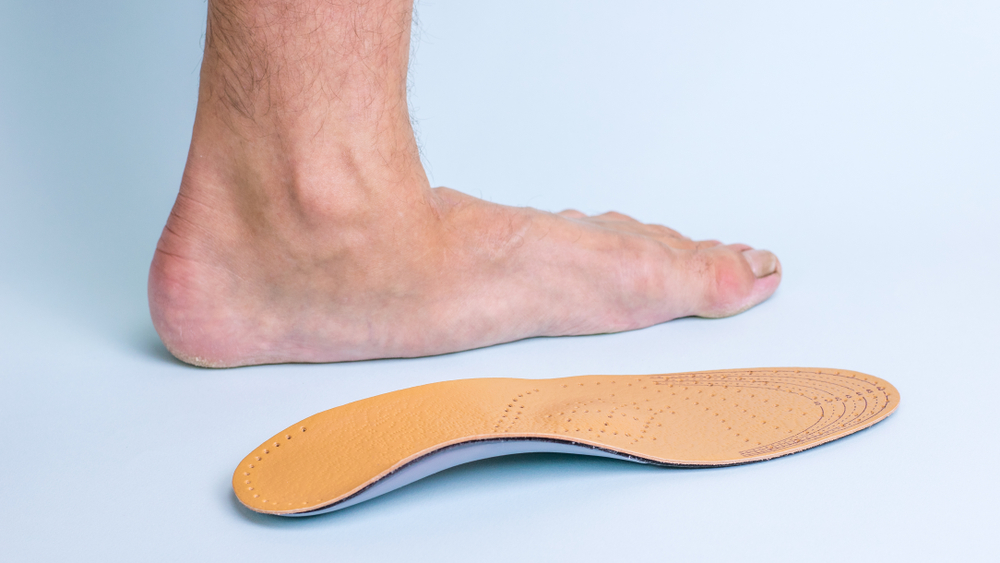
What is Plantar Fasciitis? Oxnard & Northridge
The most common cause of plantar fasciitis relates to faulty structure of the foot. For example, people who have problems with their arches, either overly flat feet or high-arched feet, are more prone to developing plantar fasciitis. Wearing non-supportive footwear on hard, flat surfaces puts abnormal strain on the plantar fascia and can also lead …
Read More
Achilles Tendon in Oxnard
A tendon is a band of tissue that connects a muscle to a bone. The Achilles tendon runs down the back of the lower leg and connects the calf muscle to the heel bone. Also called the “heel cord,” the Achilles tendon facilitates walking by helping to raise the heel off the ground. What is …
Read More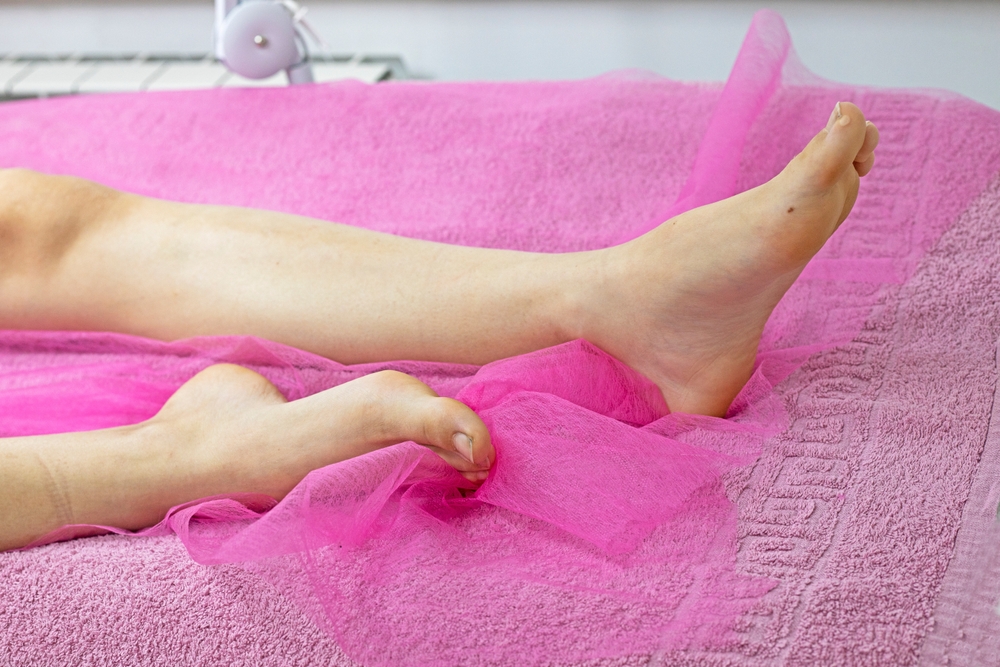
What is Ankle Arthroscopy? Oxnard & Northridge
Arthroscopy, also called arthroscopic surgery, is a minimally invasive procedure performed to diagnose and treat joint problems. Ankle arthroscopy is undertaken to evaluate and possibly treat a variety of disorders, such as arthritis in the ankle, an unstable ankle, or bone damage. Among other potential uses for ankle arthroscopy, the surgeon may be able to …
Read More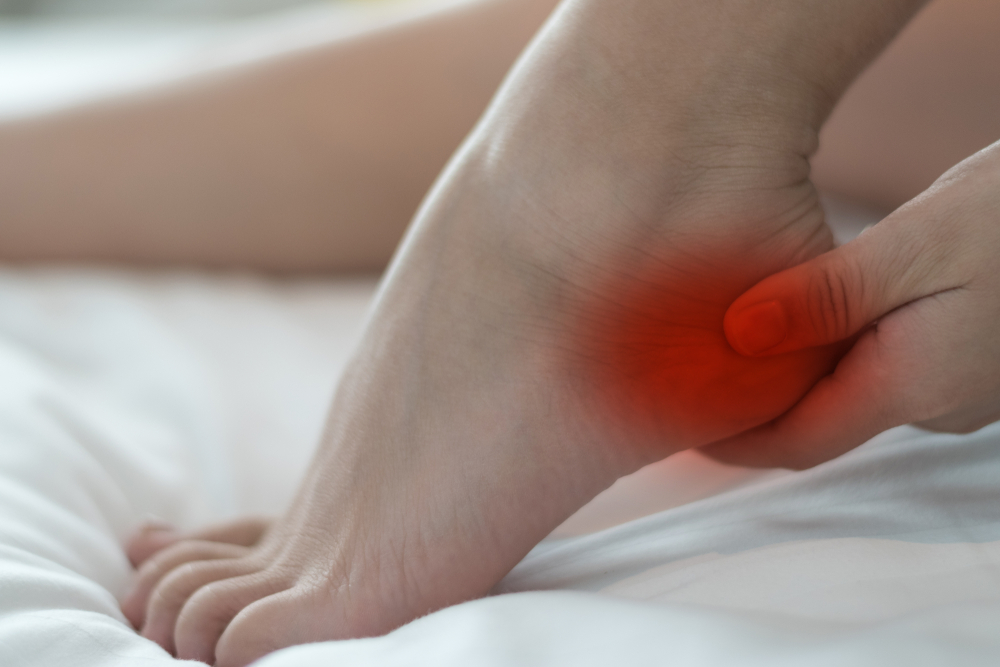
What is Calcaneal Apophysitis? Oxnard & Northridge
Calcaneal apophysitis is a painful inflammation of the heel’s growth plate. It typically affects children between the ages of 8 and 14 years old, because the heel bone (calcaneus) is not fully developed until at least age 14. Until then, new bone is forming at the growth plate (physis), a weak area located at the …
Read More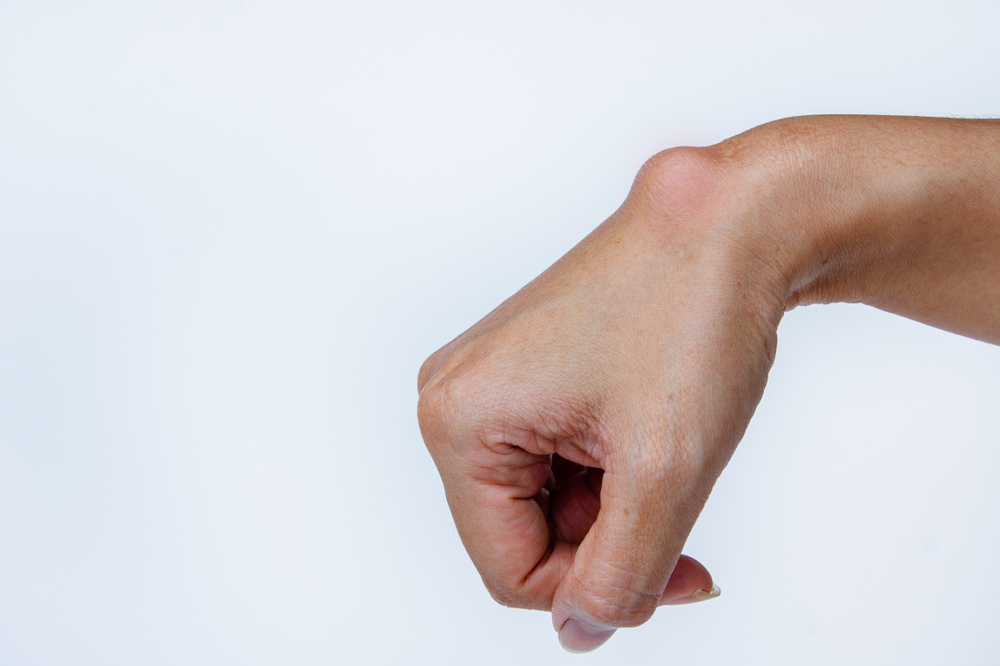
Causes and Symptoms of Ganglion Cyst in Oxnard & Northridge
Causes: Although the exact cause of ganglion cysts is unknown, they may arise from trauma – whether a single event or repetitive micro-trauma. Symptoms: A ganglion cyst is associated with one or more of the following symptoms: Diagnosis: To diagnose a ganglion cyst, the foot and ankle surgeon will perform a thorough examination of the …
Read More
Signs and Symptoms of Accessory Navicular Syndrome in Oxnard & Northridge
Adolescence is a common time for the symptoms to first appear. This is a time when bones are maturing and cartilage is developing into bone. Sometimes, however, the symptoms do not occur until adulthood. The signs and symptoms of accessory navicular syndrome include: When is Surgery Needed? If non-surgical treatment fails to relieve the symptoms …
Read More


